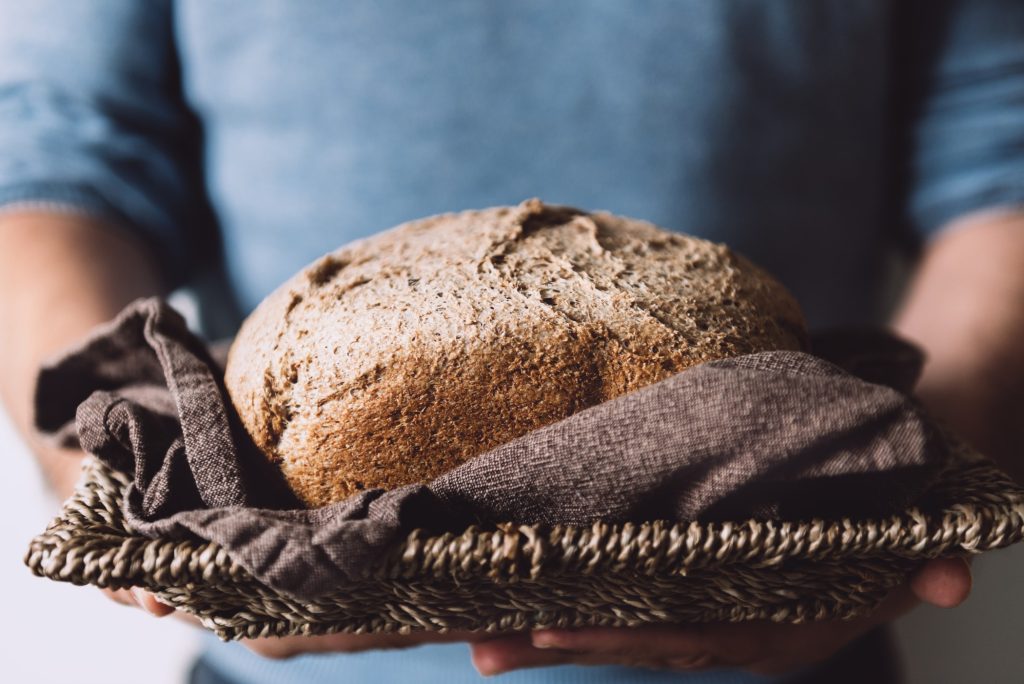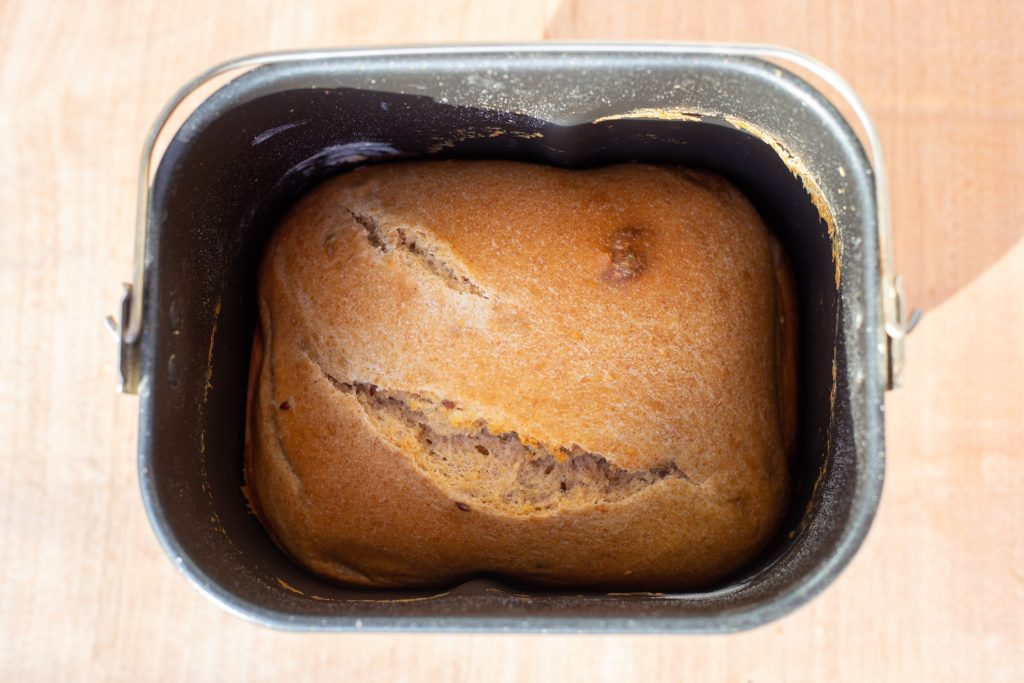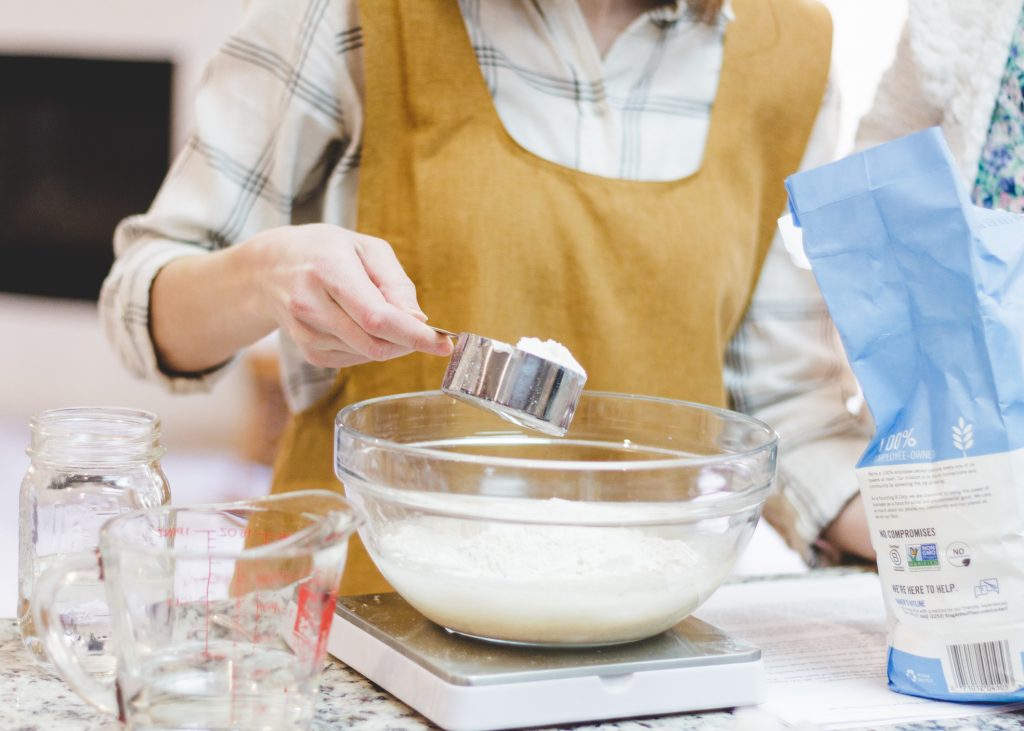Bread softeners and bread improvers are both regarded as essential for making soft bread on a large scale.
The purpose of a bread improver is to modify dough characteristics and improve the taste and texture of your bread while a bread softener is meant to make your bread soft and light. Both are meant to stabilize the bread mixture.
The main difference between the Bread softener and improver is simply meant to add taste and texture to your bread, while a bread softener is more of an additive. These two are often used interchangeably, but if you are an experienced baker, you should know these two have their differences.
Both are effective kitchen ingredients, but bakeries lean toward bread improvement more since it’s meant to improve the texture and taste of your bread. Bread softener only comes in when you need to stabilize your dough mixture.
Some bakeries are known to also substitute bread softener for bread improver, but this is not for an inexperienced baker if you don’t want to ruin the dough texture.
Bread improver is an unflavored acidic substance, so there is less room for you to use too much. While a bread softener is a combination of emulsifiers, acids, and enzymes which will improve your bread fermentation, so you don’t want to make an error with it.
The main job of a bread improver is to improve the hydration capacity and improve the freshness of the bread in the process. A bread softener will also increase the hydration capacity but not the freshness of your bread, rather it helps produce more tender and softer crumbs.
Why would you need a bread improver or softener? Both bread improver and softener are the same and not entirely necessary but do come in handy in creating a softer, fuller, and smooth-skinned bread.
If you are looking to make a loaf of bread either at home or own a bakery, a bread improver might be something you should know about if you want your baking process to be more manageable.
Bread improver has been used in bakeries for years and there is quite a lot of research on the use of bread softener hence it’s considered to be the same as bread improver. Understanding this two will help differentiate between them and also help decide which you need.
What Is A Bread Improver, And Why Should You Use It?
Bread improver has been used in bakeries for years now and it is simply mixtures of substances that are meant to improve the consistency and production of dough.
As stated earlier, the purpose of using a bread improver in the dough is to improve bread fermentation and it does contribute to some processes of bread making like dough mixing and proofing.
Dough improver sure has lots of benefits some of which include preventing line stoppage that is caused by unstable dough. Bread improver can help eliminate the process of your bread going stale in a short period and since it is made with various acids and enzymes that activate the gluten in the flour, it can improve the kneading of the dough.

What is in Bread improver?
Bread improver is made with various enzymes and emulsifiers but the key ingredient in it is yeast.
It contains flour treatment ingredients that can help improve the texture and taste of your bread. The emulsifier in it is meant to make the bread turn out soft and fluffy.
It is simply made with a combination of enzymes that are meant to improve the quality of your loaf. To improve the properties, soya flour and malt flour are also added. It can also include ascorbic acid (vitamin C) to help the dough rise.
What Is A Bread Softener?
Bread softener is pretty much the same as bread improver since there isn’t much on bread softener. Bread softener is also known as an emulsifier and it is addictive used in a dough, it binds with the water and fat in the dough and stabilizes the mixture there making your bread-making process easier.
A bread softener is a type of emulsifier that carries only one or two enzymes to improve your bread. The correct amount of bread softener needs to be used to prevent too much softening or strengthening of the dough.
Bread Softener Vs Bread Improver: What’s The Difference?
With careful evaluation, there is no specific difference between bread improver and bread softener since both are emulsifiers for improving dough. Both are regarded as dough enhancers and since they serve the same purpose and the ingredient found in bread softener is the same to be seen in bread improvers as well.
A bread improver is a combination of several components designed to improve your bread while a bread softener can simply be one emulsifier with the sole intent of softening your bread. Since these two are used interchangeably and meant to improve your dough in some way then there is no difference between them.

There are two primary functions of emulsifiers in the dough, one is to aid in gas retention and the other is to stimulate and promote gas production by the yeast, so a bread improver carries a blend of enzymes that assists in the modification of your dough while a bread softener can include just one of two enzymes.
Is bread softener harmful?
Bread softener as the name implies is meant to soften and improve the texture of your dough however the correct usage is essential.
Bread softeners are not harmful to humans but they can ruin your bread texture if too much is used. If you have never used a bread softener before, start with 1 tablespoon to gauge the effect.
In Conclusion
Bread improver is the same as bread softener and you don’t have to worry about which is which unless you are making it at home yourself.
While bread improver is an important component in making bread in bakeries, you can do without it if you are baking at home.

